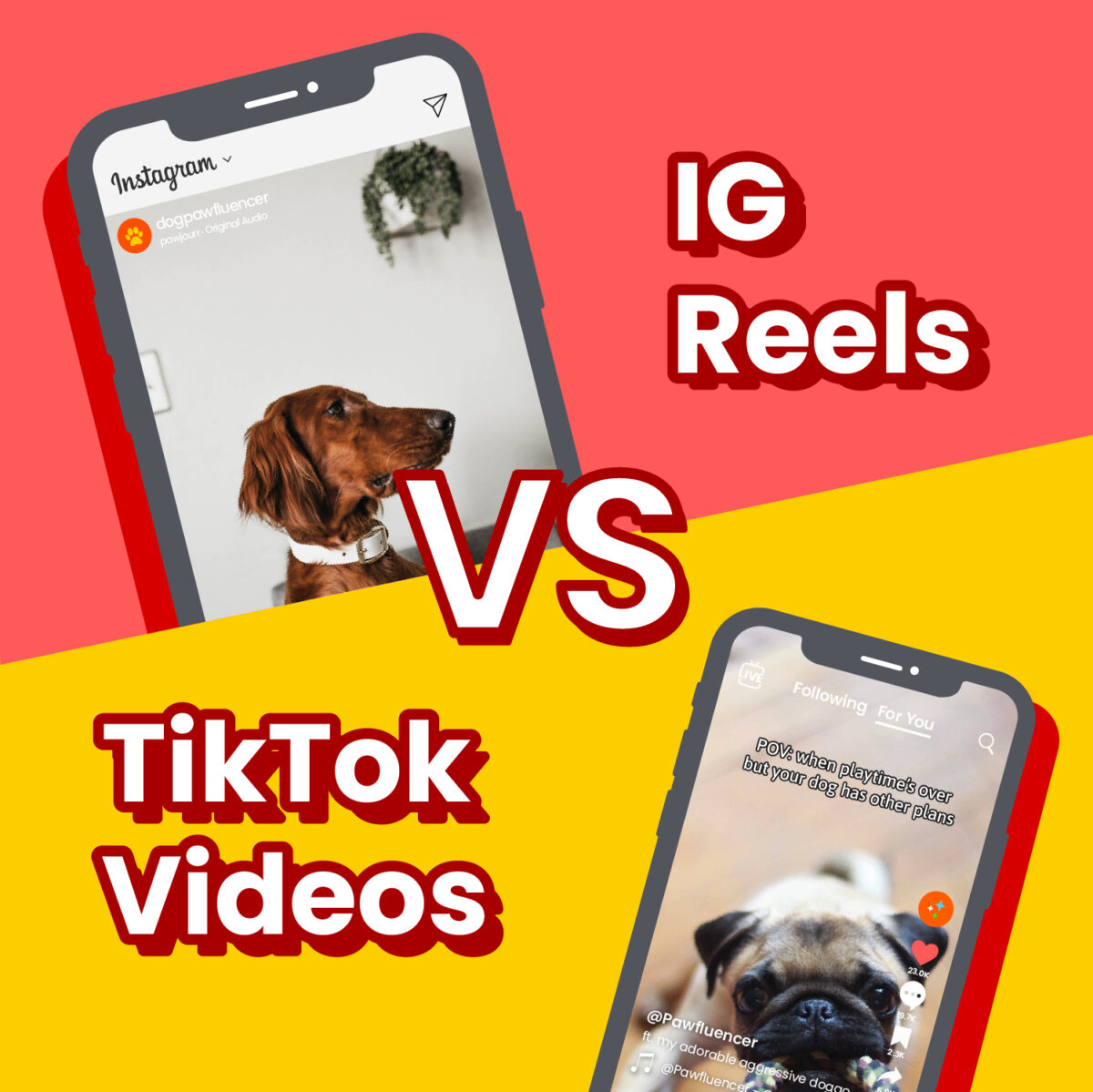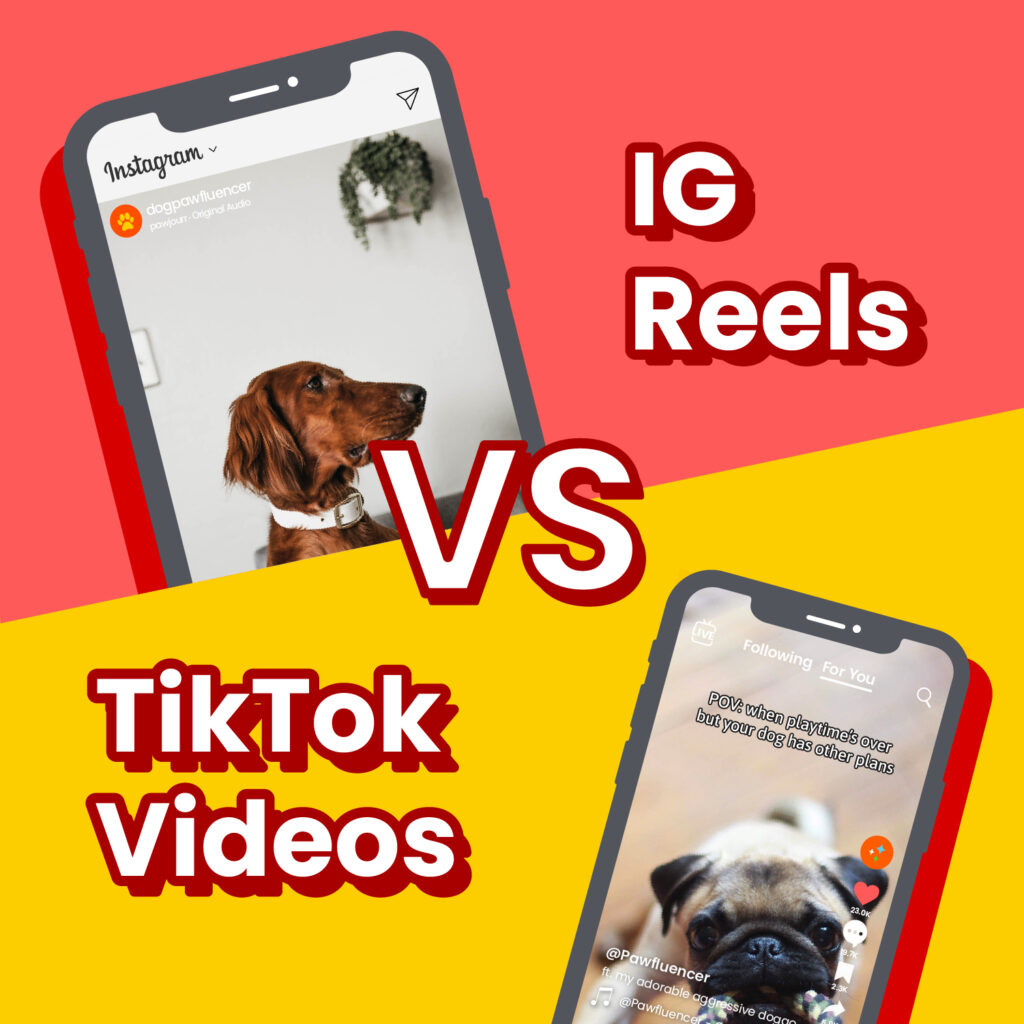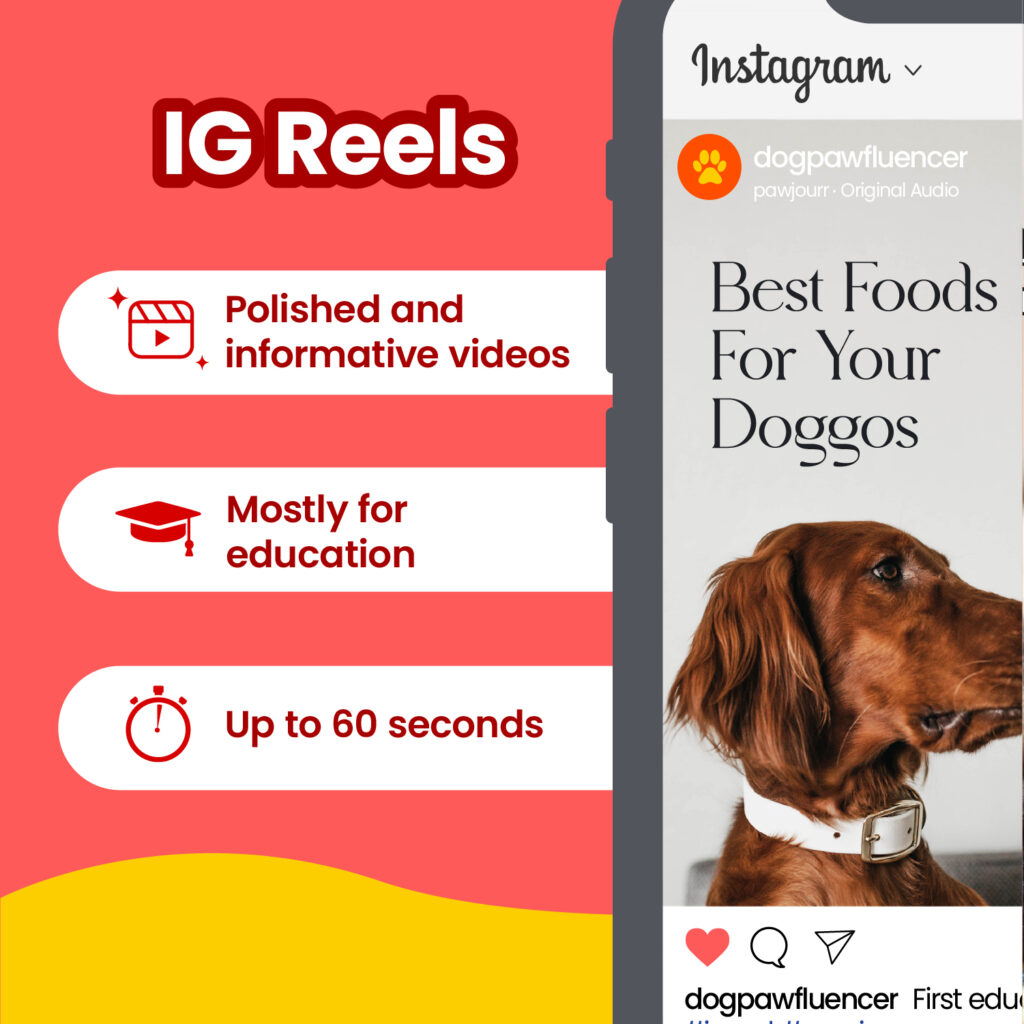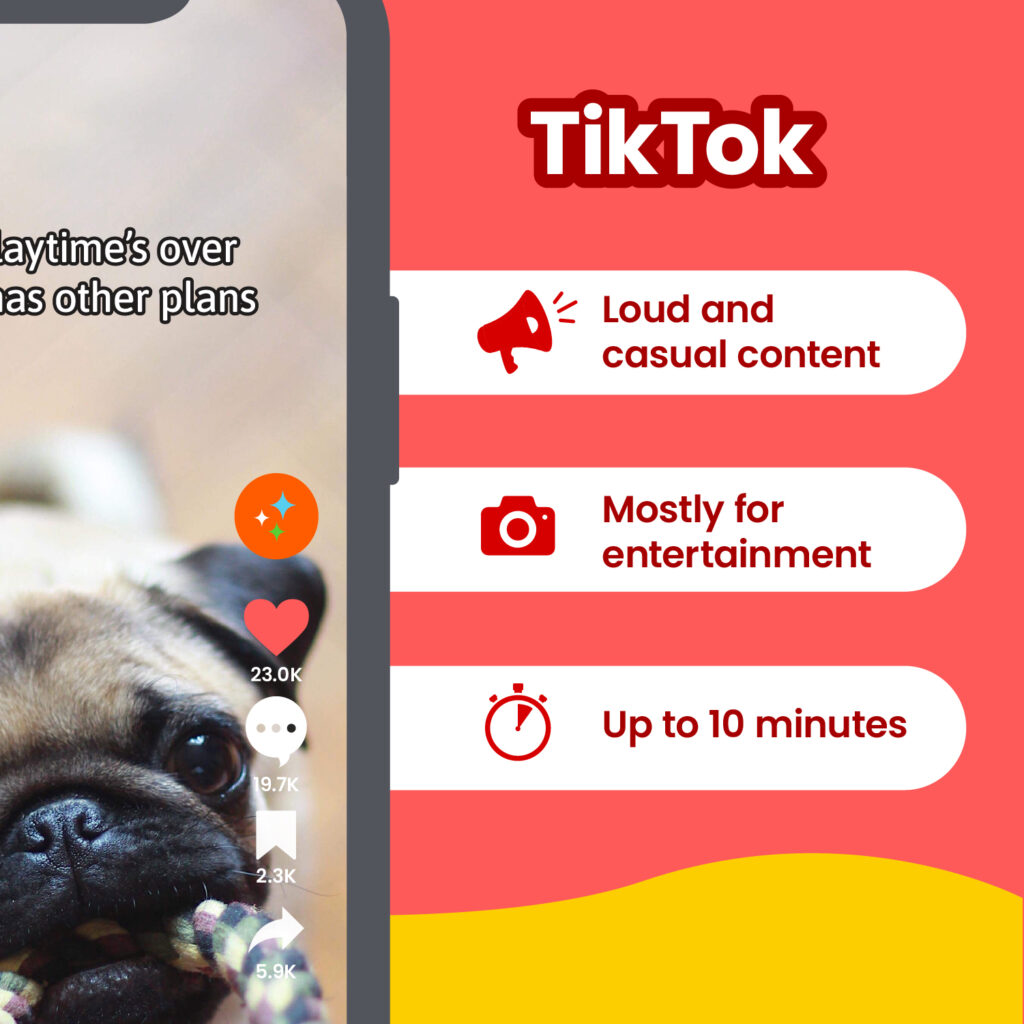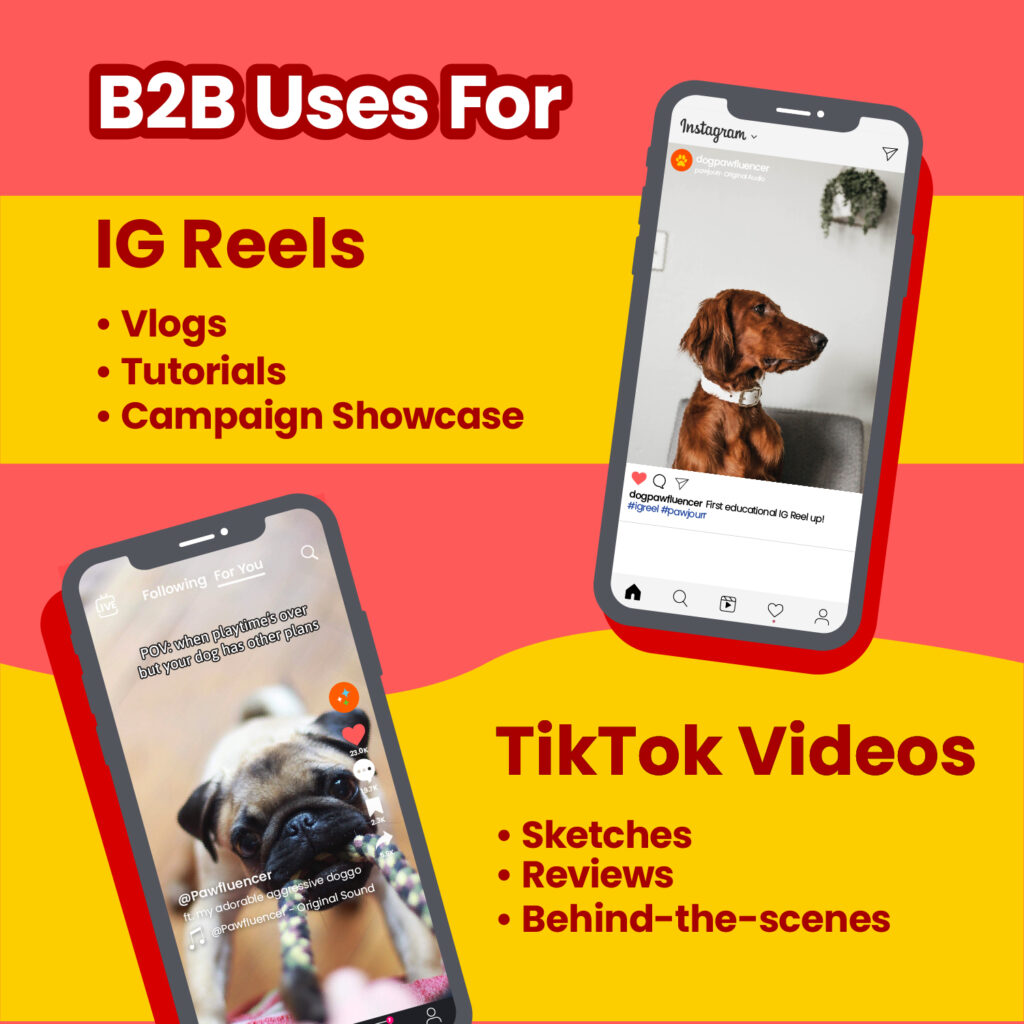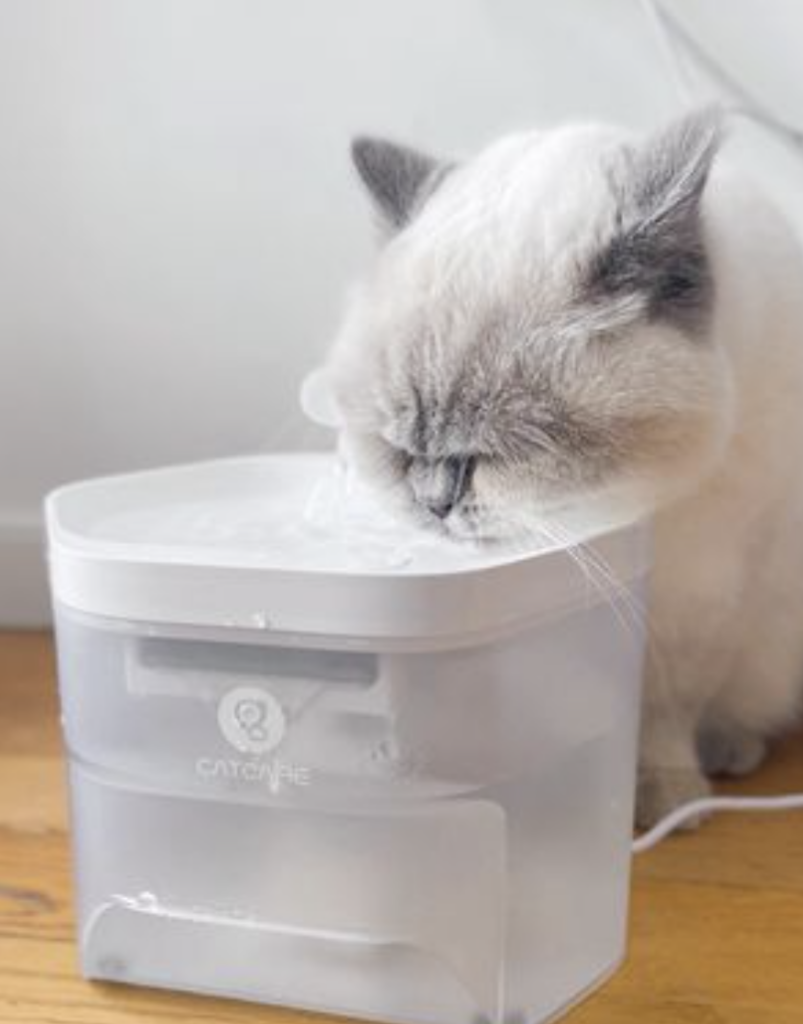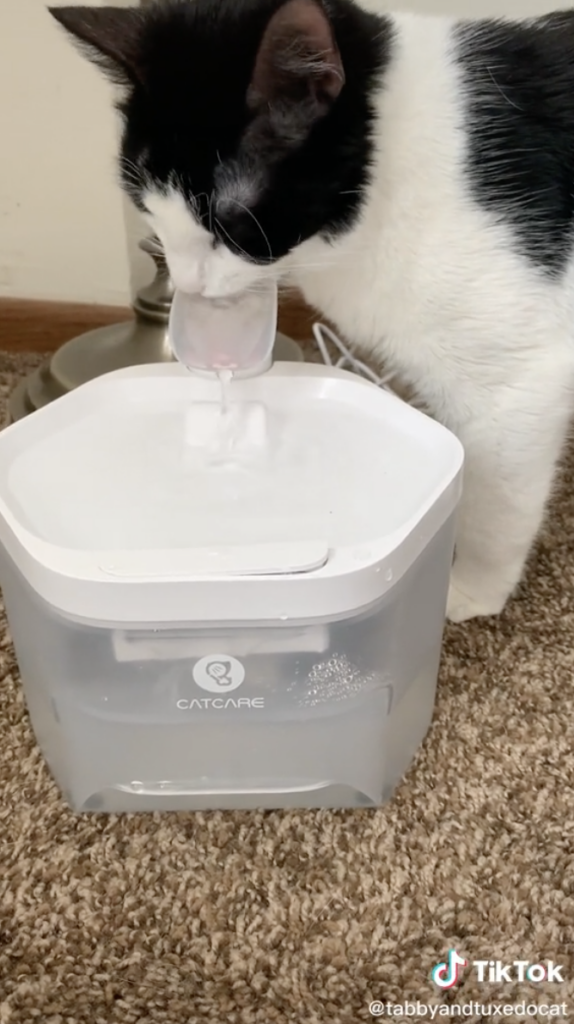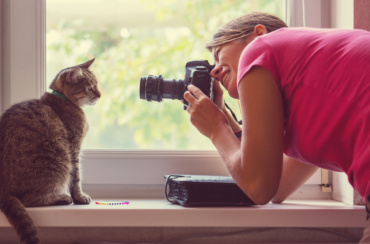Negotiating a mutually beneficial collaboration with content creators can be a daunting task – Must I really pay? How much should I pay? What if I’m on a limited budget?
Well, creators don’t work for free so it’s important to understand the different types of incentives that brands can offer — and how you can make use of a combination in order to make your partnerships work.
Read on to find out how you can keep your influencers engaged and excited about your brand with our handy guide to incentivizing your influencers the right way.
Ways to incentivize influencers
1. #Gifted (Product Sponsorships)

When we think about influencer marketing, the first thing that comes to mind is product sponsorships/gifting; providing free products or services in exchange for a shoutout.
Product sponsorships are one of the most budget-friendly ways to reach your target audience effectively, when approached with realistic expectations.
For small campaigns on a limited budget, this is definitely a good starting point to reach out to audiences through micro or nano influencers, who are more receptive to gifting partnerships. Albeit a smaller audience size, these influencers make it up with higher engagement rates.
Pro tip:
Top-level creators still seek out gift-only collaborations to build their portfolio and create long-term relationships. Hence, it’s important to establish a valuable partnership: Influencers these days may not get too excited to post about a free sample pack or work with brands that are not respectful towards the creators they’re working with.
While product sponsorships are a great way to get your brand out there, they can only go so far and as with all marketing strategies, it does not guarantee returns.
Nonetheless, when coupled with other incentivization methods, product sponsorships can help to build on your brand’s relationship with influencers — a crucial factor if you want to maximize your brand’s fullest potential when it comes to influencer marketing!
2. Paid Campaigns / Pay per post
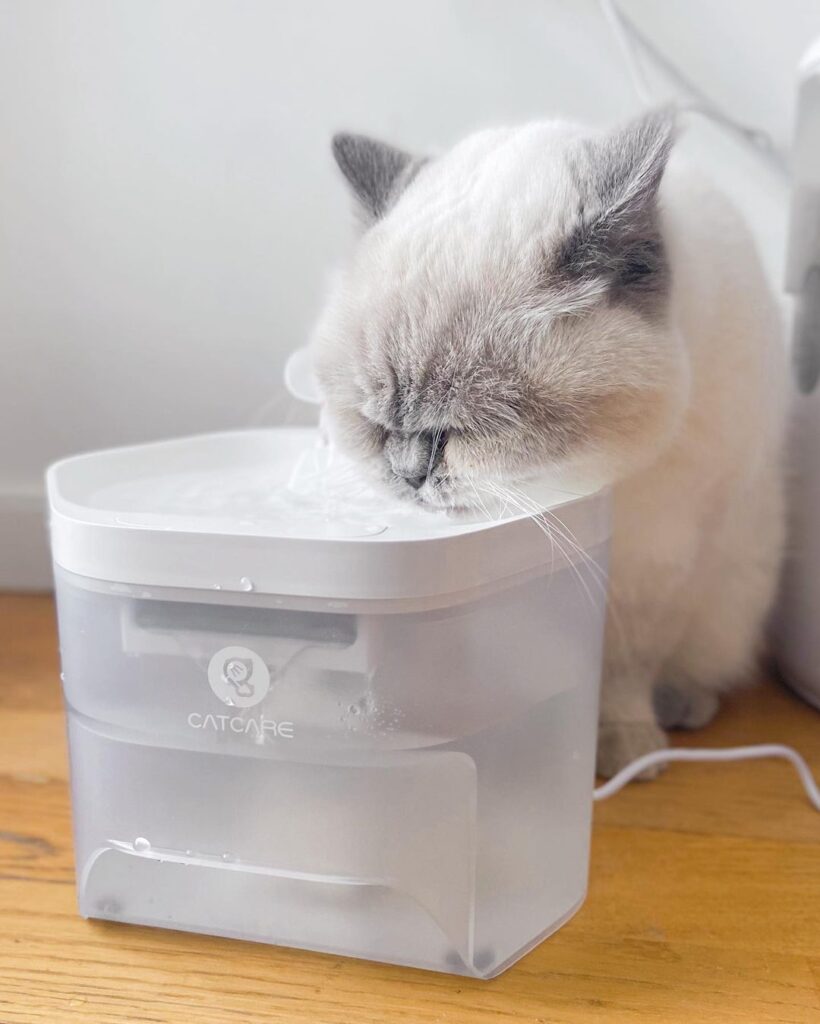
Like product sponsorships, paid campaigns are also a very common way of incentivizing influencers. While prices per post can be a wide range due to various factors such as follower count or type of content, the key to leveraging its impact lies in selecting the most relevant and effective creators that aligns with your brand and product.
Some things to take into consideration can include:
- Engagement rate and reach
- Post-effectiveness in terms of sponsored vs organic posts
- Type of content and channel used
- Number of post you require
- Is usage rights to run ads required
Pay per post also serves as a perfect opportunity to gain a deeper understanding into your influencer marketing strategy. Establishing attribution and tracking allows you to track your influencers’ contribution to your goals while analyzing the type of content your audience are compelled to. This data will definitely help you refine and strengthen your campaigns to improve your ROI overtime.
3. Performance-based Payments

Performance-based payments compensate influencers based on conversions and/or an action. This way of work has been popular due to trackability and ease of execution.
Some possible actions include:
- Purchase of brand’s products/services
- Subscription of brand’s program
- Signups
- Account creation
Such a form of incentivisation puts the responsibility on creators to convince their followers to convert — the more they influence, the more they earn!
Brands can therefore enjoy the benefits of quality content that sells, and effectively track creator performance for campaign optimisation at the same time. Sounds like a win-win situation if you ask us!
While it may be a relatively cost-effective approach (pay per result), it’s prudent to keep into consideration that this may not be the most favorable method amongst creators. Brands would often have to offer something valuable such as free products or a base pay to kickstart the partnership.
However, it may be a worthwhile investment to build long-term relationships. Always remember, by giving your creators a good collaborative experience, they’d only have praises to sing!
Not all influencers want the same thing
Similar to the aspects of influencer marketing, incentivizing isn’t one size fits all. Make the effort — add a touch of personalization to show you care and provide value to your creators.
While the ever-growing industry of influencer marketing urges brands to diversify the type of influencer they work with, marketers will also need to learn how to establish partnerships that are mutually beneficial yet cost-effective.
A general rule of thumb is to always compensate creators fairly to foster a collaborative relationship with mutual respect and understanding. Work within your limits and focus on building relationships with influencers who can deliver results for you.
There! You’re all set and ready to explore the diverse world of influencer marketing.

